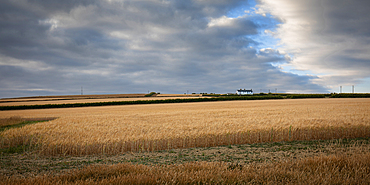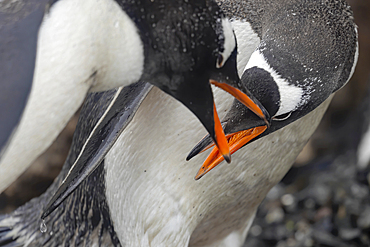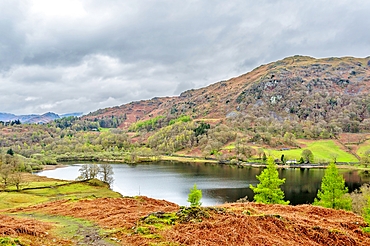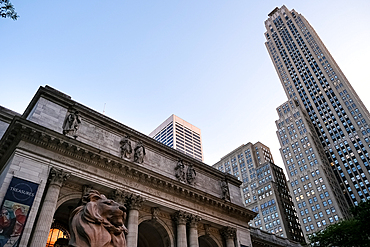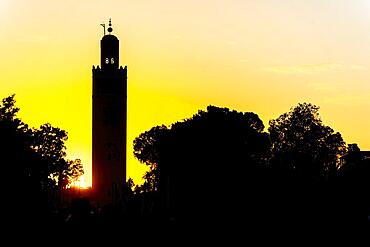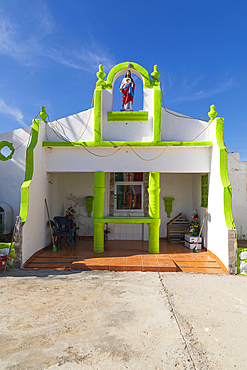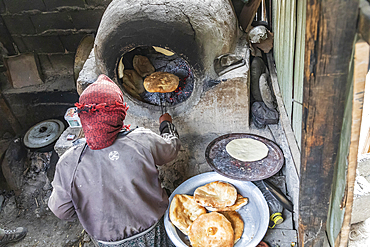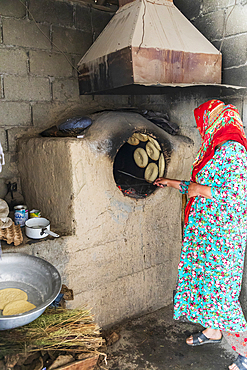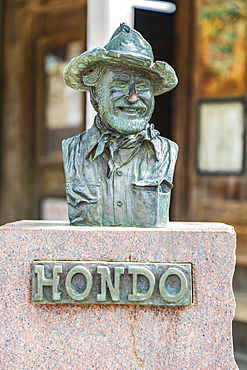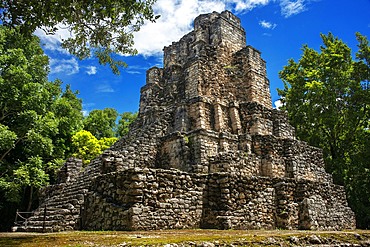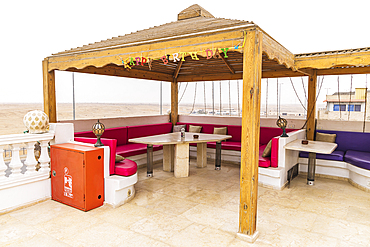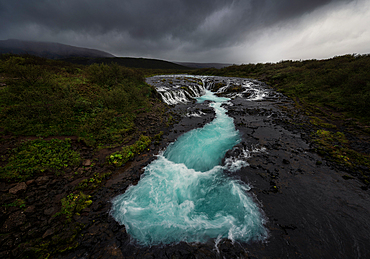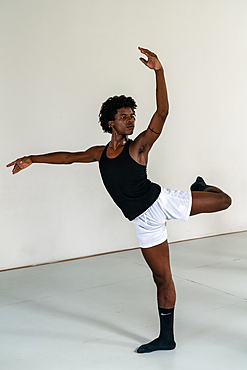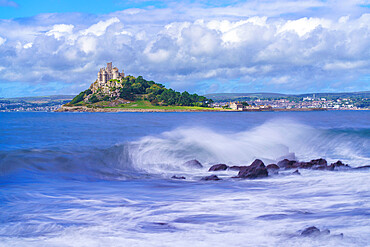Recent searches
Loading...
1386-15 - George Town, Malaysia - January 10, 2024: View of George Town Dispensary building in George Town, Penang, Malaysia.
1386-13 - Detail of the carved facade at one of the temples in Angkor Wat complex
1382-173 - Linkmenas lake seen from the Ginuciai mound where the famous Linknenys castle stood during the 13-15th centuries, Ginuciai, Aukstaitija National Park, Lithuania,Europe
1382-172 - Linkmenas lake seen from the Ginuciai mound where the famous Linknenys castle stood during the 13-15th centuries, Ginuciai, Aukstaitija National Park, Lithuania,Europe
1381-15 - Image of athyrium esculentum, vegetable fern also known as fiddleheads fern and in indian subcontinent it is known locally lingri,lungdu,lingad,kasrod and limbra used as vegetable and for pickle
1381-13 - image of babru bhalla,malpua traditional snack dishes of mandi himachal pradesh india,
1384-15 - People climbing El Torre, The Tower, Ek Balam Mayan ruins, near Vallodoid, Temozón, Yucatán, Mexico
1384-13 - Elaborate decorated stone facade in Monjas complex, Chichen Itzá, Mayan ruins, Yucatan, Mexico - The Nunnery or Nun's House
1383-15 - The spotted Hyena - Crocuta crocuta - have immensly strong jaws for breaking bones that they can digest.
1383-13 - The Rhone - Hippotragus equinus - which can be translated to 'horse-goat' unlike other Antelope often kneel when drinking.
1382-15 - Cathedral reflected on a block of marble, Vilnius, Lithuania, Europe
1382-13 - Gediminas Monument (Grand Duke of Lithuania, 1275-1341) in Cathedral Square, Vilnius, Lithuania, Europe
1379-15 - Sunset and Sand Ripples at Watergate Bay, Cornwall
1379-13 - The White House surrounded by wheat fields, near Trevose Head, Cornwall, UK
1378-15 - View of the Nuruosmaniye Mosque illuminated by rays against the background of clouds, Istanbul, Turkey
1378-13 - Copper craftsmanship, coffee makers, jugs at the Grand Bazaar, Istanbul, Turkey
1363-15 - Reaching Out, Polar bear on the Arctic ice shelf
1363-13 - Beak boxing, Gentoo Penguins arguing, Antarctica, Polar Regions
1376-15 - Sunset view from Walney Island across the Irish Dea towards the distant Walney Offshore Wind Farm, Cumbrian Coast, Cumbria, England, United Kingdom, Europe
1376-13 - Sunset view from Walney Island across the Irish Sea towards the distant Walney Offshore Wind Farm, Cumbrian Coast, Cumbria, England, United Kingdom, Europe
1358-291 - Rydal Water, 2 km long and over 15 metres deep, Lake District National Park, UNESCO World Heritage Site, Cumbria, England, United Kingdom, Europe
1358-290 - Rydal Water, 2 km long and over 15 metres deep, Lake District National Park, UNESCO World Heritage Site, Cumbria, England, United Kingdom, Europe
1373-15 - Architectural detail of the New York Public Library (NYPL), second largest in the USA and fourth largest in the world, New York City, United States of America, North America
1178-44245 - Smiling family with two children (8-9, 12-13) eating fresh fruit in kitchen
1178-44242 - Smiling girl (12-13) having breakfast in kitchen
1373-13 - Architectural detail of escalators of Grand Central Madison, a commuter rail terminal, beneath the Grand Central Terminal, for the Long Island Rail Road (LIRR) in New York City, United States of America, North America
832-402394 - November 13, 2021, Medina, Marrakesh, MAR: The Kutubiyya Mosque is the largest mosque in Marrakesh, Morocco. It is located in the southwest medina quarter of Marrakesh, near the famous public place of Jemaa el-Fna
1372-15 - Chapel of Crampiolo, Piedmont, Northern Italy, Europe
1372-13 - Beautiful nameless mountain lake view from Cima Verosso on the border of Italy and Switzerland, Zwischbergen, Valais, Switzerland, Europe
1352-113 - Tollesbury lightship (Lightvessel 15), in the Tollesbury Wick Nature Reserve, near Maldon, Essex, England, United Kingdom, Europe
1352-105 - Tollesbury lightship (Lightvessel 15), in the Tollesbury Wick Nature Reserve, near Maldon, Essex, England, United Kingdom, Europe
832-402179 - Venice Beach, California, United States, March 15 2022: Two californian lifeguard towers at sunset, North America
1358-197 - The Convict Cemetery, containing graves of 19th century convicts transported from UK, 13 marked, Sandys, Bermuda, Atlantic, North America
1358-196 - The Convict Cemetery, containing graves of 19th century convicts transported from UK, 13 marked, Sandys, Bermuda, Atlantic, North America
1358-194 - The Convict Cemetery, containing graves of 19th century convicts transported from UK, 13 marked, Sandys, Bermuda, Atlantic, North America
1358-195 - The Convict Cemetery, containing graves of 19th century convicts transported from UK, 13 marked, Sandys, Bermuda, Atlantic, North America
1358-193 - The Convict Cemetery, containing graves of 19th century convicts transported from UK, 13 marked, Sandys, Bermuda, Atlantic, North America
1358-192 - The Convict Cemetery, containing graves of 19th century convicts transported from UK, 13 marked, Sandys, Bermuda, Atlantic, North America
759-14684 - PBY Catalina Flying Boat A24-13, New Ireland, Papua New Guinea
1370-15 - Wide view of the ancient cave city of Matera at sunset, Matera, Basilicata, Italy, Europe
1370-13 - A tourist gazes at Seoul's skyline from Namsan Mountain, Seoul, South Korea, Asia
1369-15 - Aerial view of Sestri Levante and its Baia del Silenzio at sunset, Genova, Liguria, Italy, Europe
1369-13 - Aerial vertical view taken by drone of cargo port of La Spezia, Liguria district, Italy, Europe
860-291465 - Flowering hemp in a field for CBD (cannabidiol) production 15 days before harvest, Montagny, France
860-291463 - Hemp field for CBD (cannabidiol) production 15 days before the harvest of the hemp heads, Montagny, France.
1178-44114 - Teenage girl (14-15) performing on aerial silk
1178-44113 - Teenage aerialist (14-15) practicing on gymnastics hoop
1366-1116 - Europe, Portugal, Obidos. April 15, 2022. Typical ceramic tiles with shop name, 'The Arches Shop.'.
1366-1117 - Europe, Portugal, Obidos. April 15, 2015. Good Friday procession in Obidos.
1366-963 - Guadaloupe, La Paz, Baja California Sur, Mexico. November 13, 2021. A Catholic shrine along a desert highway in Baja.
832-398364 - Tour 15 min in Valle de la Luna, Moon Valley formed by erosion, also Killa Qhichwa, La Paz, Bolivia, South America
1366-720 - Iskanderkul, Sughd Province, Tajikistan. August 15, 2021. Boat with the Tajik flag on Iskanderkul Lake. Editorial Use Only
1366-716 - Margib, Sughd Province, Tajikistan. August 15, 2021. Baking flat bread in a traditional wood fired oven. Editorial Use Only
1366-719 - Iskanderkul, Sughd Province, Tajikistan. August 15, 2021. Boat with the Tajik flag on Iskanderkul Lake. Editorial Use Only
1366-715 - Margib, Sughd Province, Tajikistan. August 15, 2021. Girl in traditional dress in a mountain village. Editorial Use Only
1366-712 - Margib, Sughd Province, Tajikistan. August 15, 2021. Children on a platform bed in a mountain village. Editorial Use Only
1366-710 - Margib, Sughd Province, Tajikistan. August 15, 2021. Baking flat bread in a wood fired oven. Editorial Use Only
1366-704 - Kulob, Khatlon Province, Tajikistan. August 13, 2021. Woman being fitted with a head scarf in the market in Kulob. Editorial Use Only
1366-703 - Kulob, Khatlon Province, Tajikistan. August 13, 2021. Tile mosaic on the facade of a building in Kulob. Editorial Use Only
1366-702 - Momandiyon, Khatlon Province, Tajikistan. August 13, 2021. Tajik woman in a red head scarf. Editorial Use Only
1366-701 - Momandiyon, Khatlon Province, Tajikistan. August 13, 2021. Mature Tajik man and woman. Editorial Use Only
1366-698 - Momandiyon, Khatlon Province, Tajikistan. August 13, 2021. Girl wearing a scarf on her face, at a field where pears are being prepared and dried in the sun. Editorial Use Only
1366-696 - Momandiyon, Khatlon Province, Tajikistan. August 13, 2021. Girl slicing pears to be dried in the sun. Editorial Use Only
1366-697 - Momandiyon, Khatlon Province, Tajikistan. August 13, 2021. Women and girls slicing pears to be dried in the sun. Editorial Use Only
1366-695 - Gysh, Khatlon Province, Tajikistan. August 13, 2021. Bearded senior man on a donkey in rural Tajikistan. Editorial Use Only
1366-557 - Luckenbach, Texas, USA. April 13, 2021. Statue of Hondo Crouch outside the post office in Luckenbach, Texas.
1366-558 - Luckenbach, Texas, USA. April 13, 2021. Statue of Hondo Crouch outside the post office in Luckenbach, Texas.
1350-6596 - Estructura 8I-13 El Castillo at Chunyaxche Muyil Maya ruins, rainforest near Tulum, Yucatan Peninsula, Quintana Roo, Mexico
1350-6678 - Strawberry Poison Frog (Dendrobates pumilio), adult, Bastimentos National Park, Bocas del Toro, Panama. The strawberry poison frog or strawberry poison-dart frog (Oophaga pumilio or Dendrobates pumilio) is a species of small amphibian poison dart frog found in Central America. It is common throughout its range, which extends from eastern central Nicaragua through Costa Rica and northwestern Panama. The species is often found in humid lowlands and premontane forest, but large populations are also found in disturbed areas such as plantations. The strawberry poison frog is perhaps most famous for its widespread variation in coloration, comprising approximately 15���30 color morphs, most of which are presumed to be true-breeding. O. pumilio, while not the most poisonous of the dendrobatids, is the most toxic member of its genus. The species is most diverse in Panama with varieties in vivid shades of all red, orange, blue, yellow or green, green and yellow, white with red, orange or black and spotted varieties. The most colorful mix is found in Isla Bastimentos Marine National Park though not all in one place. Colors vary by location. A beach on the north side of the island is named after the species. Two of Southern Explorations' Panama tours visit red frog habitat. Both the eight-day Panama Adventure trip and eleven-day Panama Highlights trip spend time in Isla Bastimentos Marine National Park and the former also goes to Red Frog Beach.
The red frog is not as poisonous as some of its cousins and is not a threat to humans. It subsists on a diet of ants that dine on poisonous plants, providing the red frog its protective skin toxin. Males attract females with a loud quick chirp. To hear the distinctive sound before you depart on your Panama tours, go to the University of Michigan Museum's biodiversity website (www.animaldiversity.ummz.umich.edu.) After birth, the tadpoles climb aboard the mother who deposits them in different protected areas where she retu
1174-11293 - Four Japanese people on a outing, two mature women and two 13 year old boys, in a row, laughing.
1174-11291 - A boy with a mobile phone taking a picture of two 13 year old boys side by side, outdoors in a park in summer.
1174-11290 - Two 13 year old boys in a park with a football in summer.
1174-11289 - A 13 year old boy in a white teeshirt, smiling, outdoors in a park.
1174-11285 - Four Japanese people on a outing, two mature women and two 13 year old boys, in a row, on a viewing platform.
1174-11284 - Four Japanese people on a outing, two mature women and two 13 year old boys, in a row, on a viewing platform.
1174-11282 - Two 13 year old Japanese boys in face masks, friends looking at a mobile phone screen.
1174-11281 - A boy using his mobile phone to take a picture of three Japanese people, a 13 year old boy, his mother and a friend.
1366-15 - Giza, Cairo, Egypt. February 16, 2022. Outside seating at a fast food restaurant in Giza, Egypt.
1366-13 - Manshiyat Naser, Garbage City, Cairo, Egypt. February 14, 2022. Loom for weaving recyced cotton in Manshiyat Naser, Garbage City, Cairo.
1367-15 - The most famous mountain in southern Iceland, Vestrahorn, during a beautiful sunset at the end of summer, Iceland, Polar Regions
1367-13 - The bright blue Bruarfoss Waterfall in southern Iceland, Polar Regions
1365-15 - Grey Glacier, Torres del Paine National Park, Patagonia, Chile, South America
1365-13 - Torres del Paine National Park, Patagonia, Chile, South America
450-4624 - Dancer in rehearsal class of the Mi Compania Ballet Company, Havana, Cuba (Multiple Models and Property Releases) 13
1178-43877 - Girls (10-11, 12-13, 14-15) walking on stepping stones in lake at sunrise
1178-43876 - Sisters (12-13, 14-15) walking on stepping stones in lake at sunrise
1362-13 - Round Houses, Veryan, The Roseland, Cornwall, England, United Kingdom, Europe
1362-15 - St. Michaels Mount, Cornwall, England, United Kingdom, Europe
1178-43792 - Portrait of family with children (2-3, 8-9, 14-15)
1178-43732 - Original 13 star American flag with Declaration of Independence and ink bottle with quill pen
1112-6906 - Sockeye salmon (Oncorhynchus nerka), spawning on the Russian River, a 13-mile-long river on the Kenai Peninsula, Alaska, United States of America, North America
1359-15 - Residential buildings along Pegnitz River seen from Henkersteg bridge, Nuremberg, Bavaria, Germany, Europe
1359-13 - St. Laurence, Evangelical Lutheran Parish of Nuremberg, Nuremberg, Bavaria, Germany, Europe
1361-15 - A tourist takes picture with a smartphone from the pier of Torshavn harbour, Streymoy island, Faroe islands, Denmark, Europe
1361-13 - Grass roof house overlooks the fjord and the ocean with yellow flowers, Sydrugota, Eysturoy island, Faroe Islands, Denmark, Europe
832-397164 - Young Vizsla male, 15 months, in the garden, Solothurn, Switzerland, Europe
832-397161 - Young Vizsla male, 15 months, in the garden, Solothurn, Switzerland, Europe













